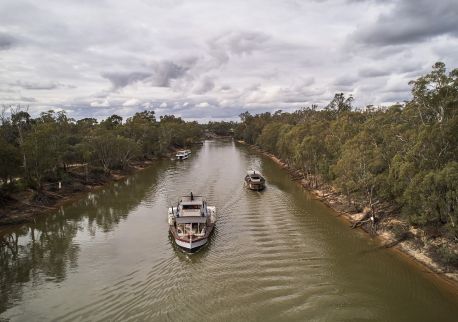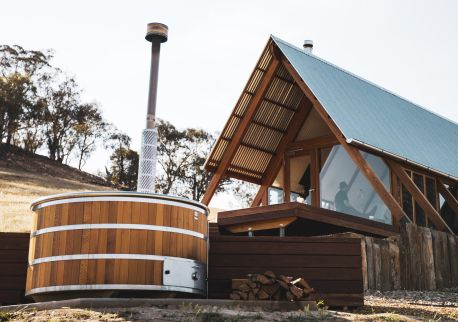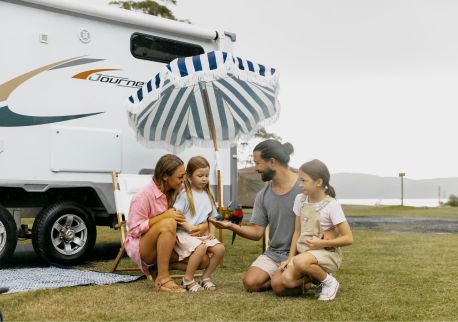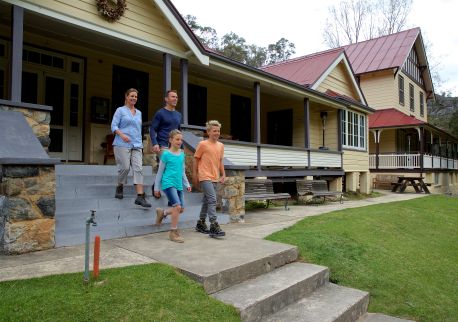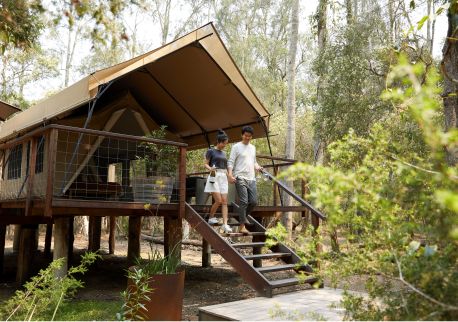Swinging Bridge Wines
Highlights
Overview
Indulge in the ultimate food and wine experiences set amongst the vines at Swinging Bridge. Experience award-winning, cool climate wines, stunning views and delicious food, all crafted with passion by a team dedicated to excellence.
This family-owned estate is at the forefront of the new guard in premium, cool-climate winemaking. Situated 900 metres above sea level on south facing, late ripening slopes and ancient volcanic soils, Winemaker and Viticulturist Tom Ward produces a range of award-winning wines that not only reflect Swinging Bridge's unique provenance, but Tom's passion for his home region and craft.
From the estate's position on the slopes surrounding Gaanha Bula-Mount Canobolas, visitors to Swinging Bridge are immersed in the wineries rich history and the evolution of the region's quintessential varieties: Chardonnay and Pinot Noir.
Swinging Bridge's Indulge and Immerse Experiences are available Tuesday, Friday and Saturday. Prior bookings are required.






